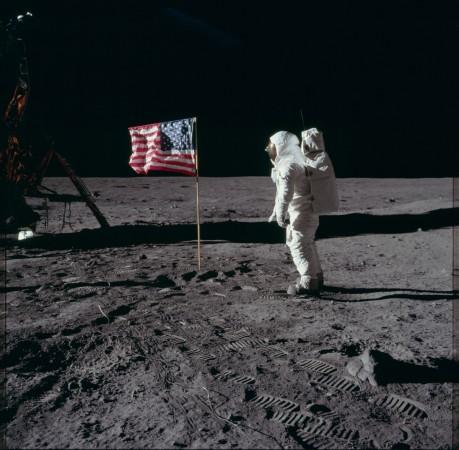As the United States is gearing up with the Artemis mission aimed at landing the next human on the moon, fresh reports reveal that Russia and China have decided to build a space station on the lunar surface. On March 09, top officials of the China National Space Administration (CNSA) and Roscosmos, Russia's federal space agency signed a memorandum agreeing to build a mutual outpost which they have named the International Lunar Research Station (ILRS).

Space race peaks new space station could threaten the vitality of ISS
The International Space Station (ISS) is one of the few initiatives in space where world powers work together. Despite political differences, Russian cosmonauts are also working in the ISS with American astronauts. However, as Russia and China have decided to build a new research base on the moon, several top experts believe that it could threaten the dominance of the ISS in space research, and they even predict the possibilities of future borders in space.
"The ILRS is a comprehensive scientific experiment base with the capability of long-term autonomous operation, built on the lunar surface and/or [in] lunar orbit that will carry out multi-disciplinary and multi-objective scientific research activities such as lunar exploration and utilization, lunar-based observation, basic scientific experiment[s] and technical verification," CNSA officials said in a statement.
Extensive cooperation facilitated in the ILRS
China National Space Administration also added that they will try to facilitate extensive cooperation in the ILRS, thus allowing all interested countries to take part in the exploration purposes that will be carried out on the lunar surface.
In the meantime, it is pretty interesting to know the policy that will be taken by India in this space race. As India is also aiming for lunar exploration programs, it could elevate the heat of the space race, especially considering the fact that China is affirming its flag on the lunar surface. In 2019, China had become a global space power by landing its rover on the far side of the moon, but India lost the Chandrayaan-2 lander while trying to make a soft landing.












